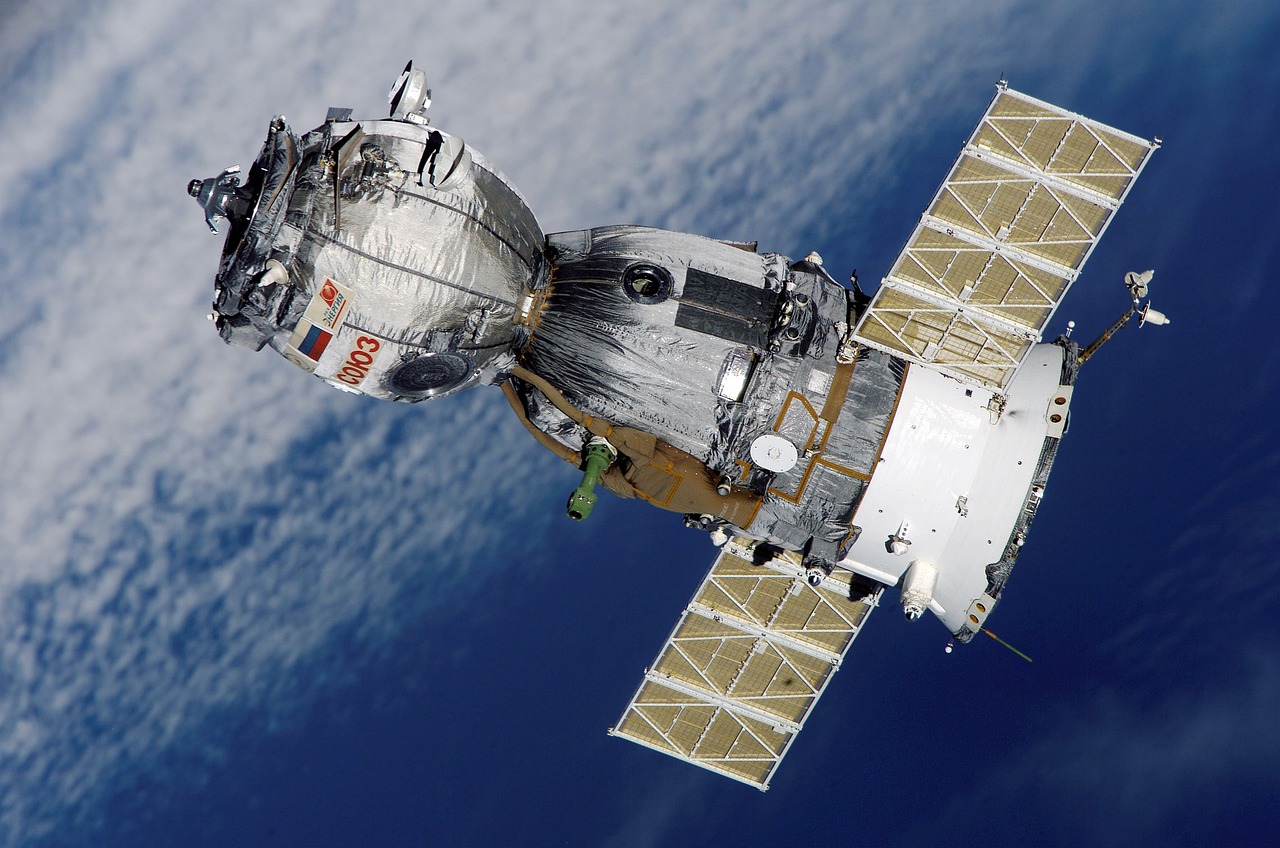Eyes in the Sky: How Satellites Spot Methane

Satellites orbiting hundreds of miles above Earth are now equipped with high-tech sensors that can spot methane leaks invisible to the naked eye. Agencies like NASA and the European Space Agency (ESA) have launched missions such as Sentinel-5P and EMIT, both using spectrometers to measure methane in the atmosphere by analyzing sunlight reflected from Earth’s surface. In 2024, NASA’s EMIT instrument detected over 50 large methane plumes in just a few months, demonstrating the power of these new tools. The technology compares the absorption patterns in light to pinpoint methane sources, even from space. Before this, many leaks went unnoticed for months or even years. With such precision, scientists can now track emissions down to individual facilities or even specific pipes. This has completely changed how quickly leaks can be found and fixed.
Why Methane Leaks Matter More Than You Think

Methane is a greenhouse gas about 80 times more effective at trapping heat in the atmosphere than carbon dioxide over a 20-year period, according to the Intergovernmental Panel on Climate Change (IPCC). While it lingers in the air for less time than CO2, its heat-trapping power makes it especially dangerous in the short term. In 2023, the International Energy Agency (IEA) reported that methane emissions from human activity were responsible for about 30% of the rise in global temperatures since the Industrial Revolution. Major sources include oil and gas infrastructure, landfills, and agriculture. A single leak at a gas well can have the same climate impact in a month as tens of thousands of cars driving for a year. The urgency to find and repair these leaks is now greater than ever.
Super-Emitters: The Biggest Offenders Revealed

Space-based monitoring has uncovered a shocking reality: a small number of sites, called “super-emitters,” are responsible for a huge share of methane emissions. According to a 2024 study published in Science, just 10% of methane sources can account for over 50% of total emissions from oil and gas operations. These include massive blowouts at pipelines, malfunctioning storage tanks, or abandoned wells. In Turkmenistan, for example, satellites detected a single leak in 2023 that released over 150,000 tons of methane in just a few months. By identifying these super-emitters, governments and companies can prioritize repairs where they’ll make the biggest impact.
Global Hotspots: Mapping Methane from Space

With satellite technology, scientists have created global maps highlighting methane hotspots. In 2024, the Environmental Defense Fund (EDF) released MethaneSAT data showing clusters of emissions over the Permian Basin in Texas, oil fields in Central Asia, and coal mines in China. These maps are updated almost in real-time, letting researchers see how leaks change after storms, equipment failures, or repairs. The satellite data revealed that previously underestimated regions, like parts of Algeria and the Middle East, are also major contributors. This worldwide perspective helps governments target their policies and enforcement, especially as climate treaties call for rapid methane cuts.
Faster Response, Smaller Footprint

Before satellites, discovering a major methane leak could take weeks or even years, often relying on ground crews or accidental finds. Now, data from satellites like Sentinel-5P is transmitted daily, allowing authorities to respond within hours. In 2024, the U.S. Environmental Protection Agency credited satellite alerts for helping to shut down two large leaks in New Mexico before they could cause long-term harm. Early detection means less methane escapes, which reduces the climate impact and saves companies money on lost gas. This technology also makes it possible for regulators to enforce rules more effectively, since leaks can’t easily go unnoticed anymore.
Industry Accountability: Changing the Rules of the Game

With clear evidence from space, oil and gas companies can no longer deny or hide major methane leaks. In 2023 and 2024, several countries, including the U.S. and members of the European Union, began requiring companies to publicly report their methane emissions using satellite data. The European Union’s Methane Strategy, passed in 2024, mandates independent satellite verification of company reports. Public pressure has also grown, with environmental groups using space-based images to hold polluters accountable. This transparency is shifting industry behavior, as companies realize that leaks will be noticed—and that fixing them is now both a regulatory and reputational necessity.
Tech Breakthroughs: Pinpointing the Smallest Leaks

Recent advances have made satellites more sensitive, allowing them to spot even smaller methane leaks that were once invisible from space. New instruments, such as GHGSat’s “Claire” and “Iris,” can detect plumes as small as 100 kilograms per hour. In 2025, researchers at Stanford University published findings showing that these satellites could identify leaks at individual well sites, not just massive blowouts. This level of detail means routine maintenance issues or small valve failures are now quickly flagged. It’s a game changer for both regulators and operators, who can now fix problems before they escalate. The technology is becoming cheaper and more widely available, putting unprecedented power in the hands of those fighting climate change.
International Collaboration: Sharing Data Across Borders

Methane doesn’t respect national borders. As a result, countries are starting to share satellite data to track cross-border emissions. In 2024, the United Nations launched the International Methane Emissions Observatory, pooling data from NASA, ESA, and private companies like GHGSat. This collaboration has uncovered leaks from pipelines and refineries that stretch across multiple countries, like those connecting Russia and Europe. By sharing evidence, nations can work together to pressure companies and enforce repairs. This global approach is crucial, since stopping methane leaks in one country can benefit the climate everywhere.
Unexpected Sources: Surprising Methane Producers Uncovered

Satellites have also revealed unexpected sources of methane, changing what scientists thought they knew. In 2023, satellite readings over the Arctic showed large emissions from thawing permafrost and wetlands, which were underestimated in earlier models. Urban landfills, often overlooked, were found to be major contributors in countries like India and Brazil. Even some renewable energy sources, such as hydroelectric dams, were discovered to emit more methane than previously thought. These surprises have led researchers to update global methane budgets and rethink strategies for cutting emissions. As more data pours in, the list of “mystery” methane sources is likely to grow.
Future Frontiers: What’s Next for Methane Detection?

Looking ahead, the field of methane detection is only getting more sophisticated. In 2025, new missions like Carbon Mapper and MethaneSAT are set to launch, bringing even higher resolution and faster coverage. These satellites will allow for near-constant monitoring of high-risk areas, making it even harder for leaks to slip through the cracks. Scientists are also developing algorithms that can automatically alert authorities when a new leak appears. As machine learning is integrated into the process, the hope is that leaks can be detected, reported, and fixed even faster. The battle against methane emissions is entering a new era, with space tech leading the charge.
- How Meteorologists Predict Storms Using Satellite Data - October 3, 2025
- What Causes Rainbows And Why They’re Always Curved - October 1, 2025
- 3 Industries Face Crushing New Tariffs as Trade War Escalates - September 28, 2025

